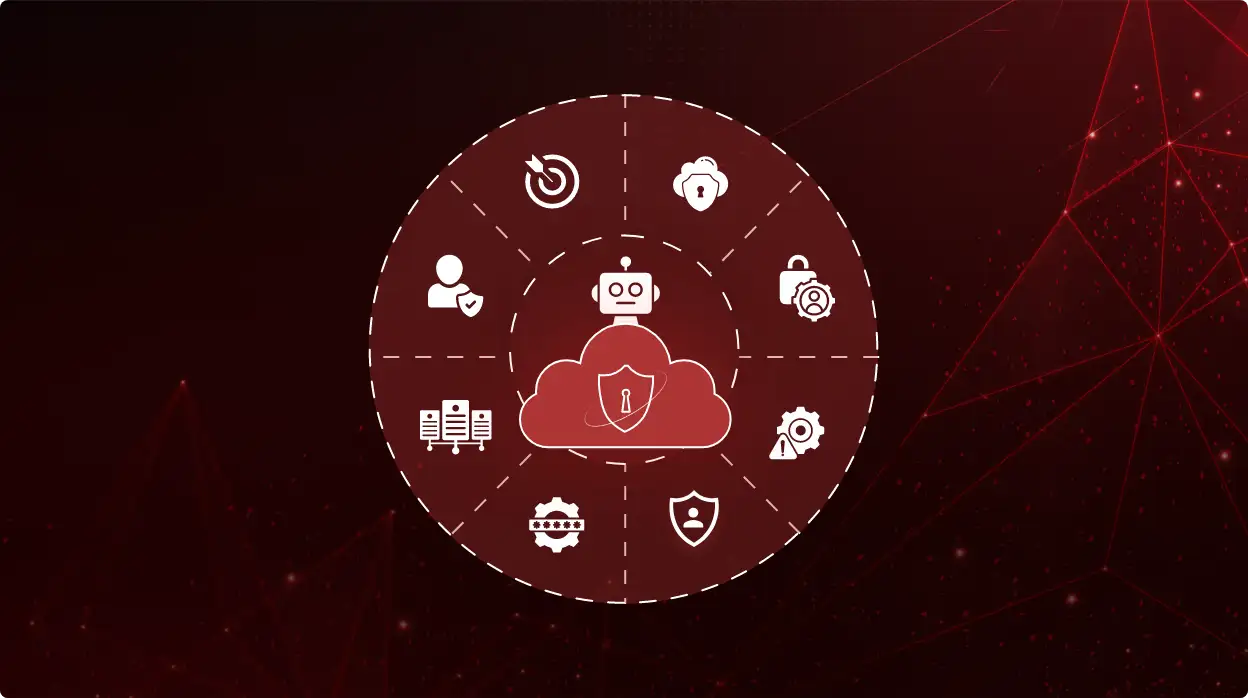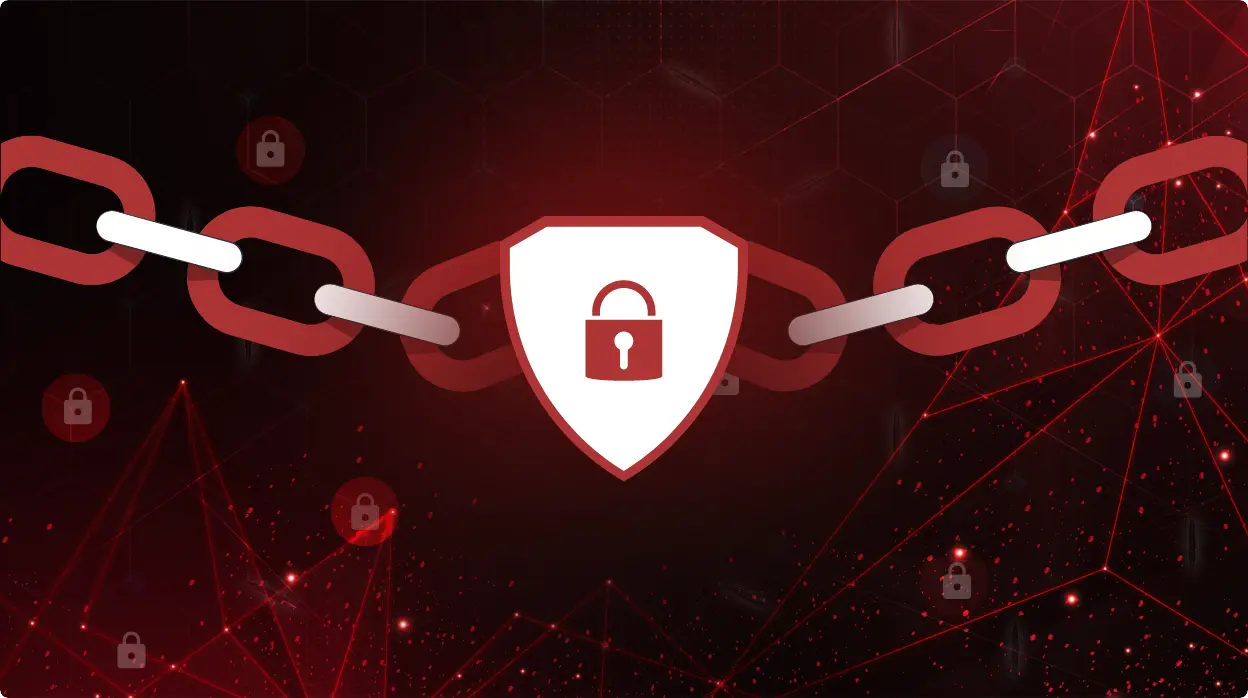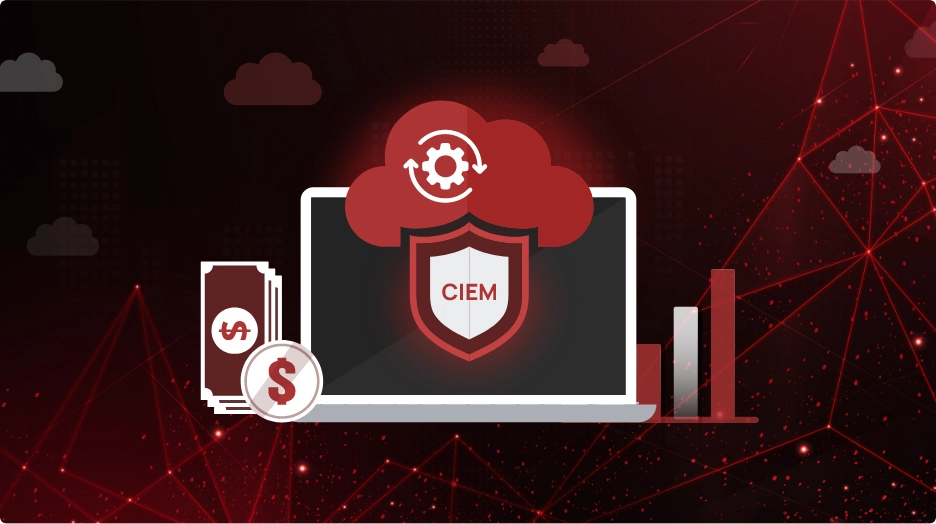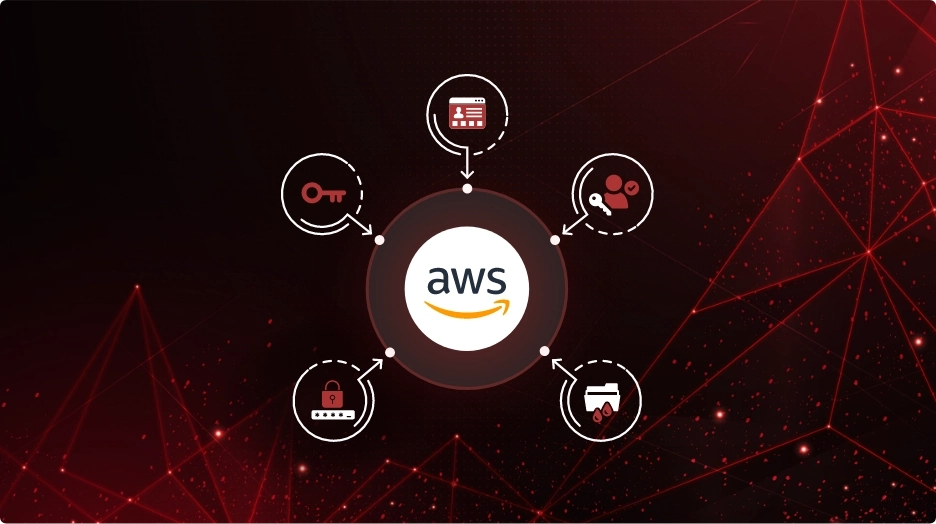Best Practices for Non-Human Identity Security When Offboarding Employees

When an employee leaves or transitions to a new role, it’s easy to focus on the HR aspects of offboarding. However, the employee leaves behind a digital footprint in the cloud and SaaS environment, often including non-human identities (NHIs) that pose significant security risks. Whether they are resigning, retiring, or even changing their role because of an M&A or restructuring, one needs to track their security access, account privileges, and devices.
In this blog, we shall learn more about the service accounts and sensitive information that the employee had access to. Understand what happens to the non-human identities (NHIs) tied to the departing or transitioning employee. Ignoring these can expodata breaches. se your organization to significant security vulnerabilities.
Understanding the security threats posed by non-human identities (NHIs)
Research states that NHIs outnumber human identities by a ratio of 45:1. This is only likely to grow as organizations increasingly rely on automation, artificial intelligence (AI), and cloud-based workflows.. NHIs are present in various cloud environments – SaaS, shadow, network, workloads, AI, or others. They are increasingly found across remote locations (especially home offices), IoT/IIoT networks, as well as among third-party applications and backup/disaster recovery services. These areas are experiencing a significant rise in NHIs, often making it challenging for cybersecurity teams to monitor them effectively.
Innovation and flexibility over NHI security – Not the best practice
NHIs are crucial for driving innovation and flexibility in organizations, enabling seamless software integrations, streamlining processes, and automating tasks, which allows teams to focus on strategic initiatives. However, in the rush to innovate, security can be overlooked. Rapid deployment of new tools often results in inadequate oversight of NHIs, leading to vulnerabilities that may go unnoticed.
As NHIs proliferate across platforms, organizations must balance their potential with robust security measures to protect sensitive information from unauthorized access and data breaches. We have seen in incidents such as the Dropbox breach, and other notable security breaches that even a small misconfiguration or unauthorized access can lead to catastrophic consequences. Any oversight can leave organizations exposed to significant security threats, undermining the very innovations they seek to achieve.
Key identity security considerations when offboarding employees
When employees leave or transition roles, the offboarding process typically includes actions like transferring assets, revoking access, and changing passwords. While the specific steps may vary based on the circumstances—such as resignations, retirements, or terminations—each organization typically follows a checklist triggered by the employee’s departure or move date.
However, many organizations overlook the critical aspect of non-human identities (NHIs) and secrets that the departing employee may have accessed or created. This often occurs because identity and access management (IAM) tools are not designed to recognize or manage NHIs effectively. For instance, when offboarding a project manager who had access to multiple automated reporting tools, the process may successfully revoke their user account but fail to address the automated tasks or workflows that rely on non-human identities created under their supervision. Consequently, these overlooked NHIs can pose significant security risks, as they remain active and accessible, creating vulnerabilities that could be exploited.
Best practices for NHI security when offboarding employees
Safely managing NHIs and exposed secrets should be integral to any offboarding process. Failing to effectively manage these secrets can result in significant security breaches, as compromised credentials may be exploited by malicious actors to gain unauthorized access to critical systems and navigate laterally within the organization.
To enhance this stage of the human identity lifecycle, it is essential to include activities related to non-human identities (NHIs). Key steps to consider are:
- Gain visibility over all NHIs: Create an end-to-end inventory of all non-human identities that the leaving employee accessed, including service accounts, API keys, automated scripts, and other credentials. This inventory is crucial, as NHIs are linked to systems rather than specific individuals.
- Manage and reassign NHIs: Assess which NHIs can be reassigned to another employee and which should be deactivated, ensuring that these policies do not accidentally grant excessive privileges. It’s crucial to maintain strict oversight during this process to prevent potential security risks associated with over-permissioned accounts.
- Implement NHI security policies: Develop comprehensive security policies specifically for NHIs. This includes implementing automated processes for regularly rotating credentials and keys associated with NHIs to minimize unauthorized access risks. Additionally, outline clear protocols for monitoring NHIs and responding to suspicious activity.
- Ensure continuous monitoring: Conduct regular checks of NHIs to verify their effective management and to identify any anomalies. Implementing real-time network monitoring will enhance your ability to detect and respond swiftly to potential threats. Additionally, establishing clear metrics for evaluating NHI usage and behavior can provide deeper insights into their activity patterns.
The ongoing risk of unmanaged non-human identities
Consider a scenario where a software developer who had access to various automated systems and service accounts departs the company. During their tenure, they created multiple NHIs to facilitate integrations, automate processes, and manage data transfers.
When this employee leaves, if their NHIs are not properly decommissioned or reassigned, these credentials remain active. For example, one of the NHIs may control access to sensitive customer databases or critical applications. A few weeks later, a malicious actor gains access to the abandoned credentials, allowing them to infiltrate the network undetected. They could exploit this access to exfiltrate sensitive data, manipulate systems, or even launch lateral attacks within the organization.
This scenario illustrates how security risks tied to NHIs can escalate quickly if left unmanaged.
How CheckRed can help secure your non-human identities
CheckRed offers a comprehensive solution to manage and protect non-human identities, ensuring that your organization maintains a strong security posture even as employees come and go. We help identify misconfigurations, vulnerabilities, and unauthorized access within your cloud environment, providing the necessary tools to secure both human and non-human identities.
Ready to improve your NHI security practices and protect your organization against potential risks? Reach out to CheckRed today!


